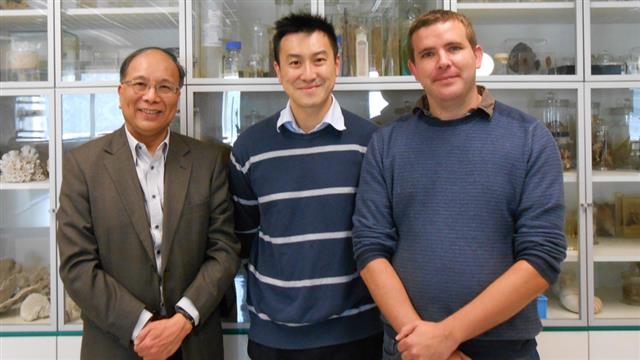Researchers at the School of Life Sciences, Prof. Jerome H.L. Hui and his team members, have recently discovered and utilized a new type of 'junk DNA' in revealing the relationships among different animals. Such discovery and new method are recently published in the Proceedings of the Royal Society B.
Majority of cells in the human usually contains 23 pairs of chromosomes, and very few of these DNA (approximately 1–3%), what we usually called 'genes', will become protein and form the cell structure. Scientists will usually make use of the proteins or their encoding DNA sequences to reveal the different organisms' relationships, while the rest of the genome or DNA are usually regarded as useless 'junk'. In recent years, this concept is rapidly changing, and scientists have discovered that majority of our DNA will become non-coding RNAs that do not encode for proteins. The non-coding RNAs are mainly responsible for regulating the gene expression, with one class known as the microRNAs. Prof. Jerome Hui is one of the experts studying microRNAs. He and his team members have discovered that the DNA surrounding microRNAs are indeed not junk.
Professor Hui and his team have already demonstrated the first use of these DNA in revealing animal relationships. They first compared these sequences between human, chimpanzee, gorilla, orangutan, and macaque, and successfully recovered the evolutionary history of human and our close relatives—whereas chimpanzee share the closest common ancestor with human, followed by gorilla, orangutan, and then macaque being the more distant relatives. They have also successfully used this new method to reveal the relationships of other animals, such as the insects (fruit flies from different continents and beetles) and nematodes.
For details, please click here.


